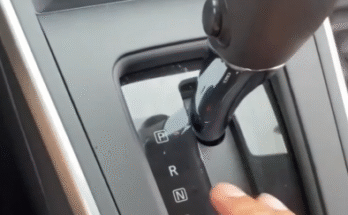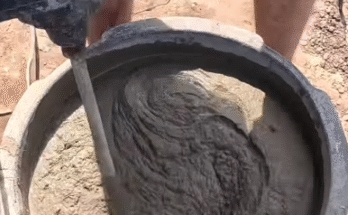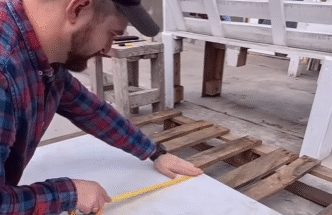
You’re cruising down the highway, music up, windows down, life is good — until it’s not. You press the brake pedal and feel… nothing. No resistance, no slowing down. Just that sinking, panic-inducing realization: the brakes have failed.
It’s one of the most terrifying situations a driver can face. But here’s the thing — you can survive it. And what you do in those first few seconds can mean the difference between a close call and a disaster.
Let’s break down exactly what to do if your brakes stop working while you’re driving. Share this with your loved ones. This information can literally save lives.
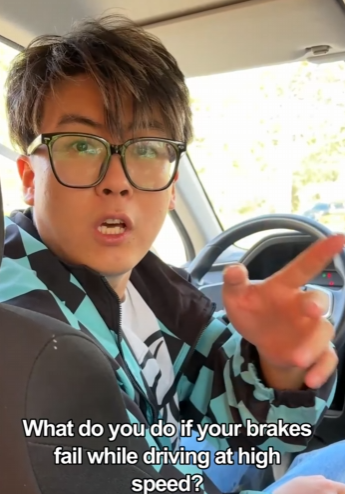
Step 1: Don’t Panic — Stay Focused
Yes, this is easier said than done, but the first and most important thing is to stay calm. Panic clouds your thinking. In those initial moments, your brain needs to focus, not freak out.
Take a deep breath. Tighten your grip on the wheel and prepare to take action.
Step 2: Take Your Foot Off the Gas
It may sound obvious, but many people instinctively press harder on the gas or forget to remove their foot when panic sets in. Let off the accelerator immediately to start slowing the car using natural deceleration.
Step 3: Downshift Your Gear (Yes, Even in Automatics)
In a manual transmission car, downshifting into lower gears will naturally slow your vehicle.
In automatics, most cars have a lower gear option marked as “L,” “2,” or “1” on the gear shift. Move into one of these gears to reduce speed gradually. Don’t slam it into the lowest gear — work your way down to avoid damaging the engine or losing control.
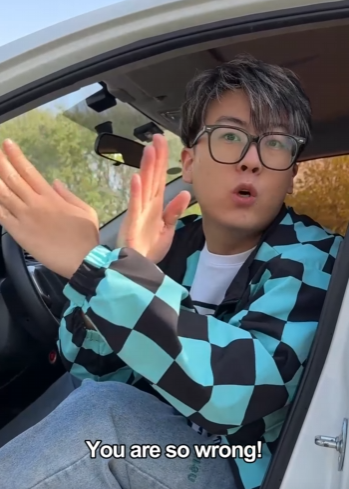
Step 4: Engage the Emergency (Parking) Brake — Gradually!
The emergency brake, also called the parking brake or handbrake, works independently of your main braking system. This is your lifeline when your main brakes fail.
BUT — use it slowly and carefully. Pulling it hard and fast can lock up the rear wheels and cause you to skid. Apply steady pressure to help bring the vehicle to a stop in a controlled way.
Step 5: Steer to Safety
While you’re slowing down, you need to find a safe place to steer your car. This could be:
- The shoulder of the road
- A grassy median
- An emergency lane
- Anywhere away from traffic, pedestrians, or obstacles
Avoid jerky movements — keep your steering controlled and deliberate.
If you’re on a highway, try to move toward an exit ramp or rest area.
Step 6: Use Hazards, Honk, Flash Lights — Signal Trouble!
You need to let other drivers know you’re in trouble. Turn on your hazard lights, honk the horn, and flash your headlights if it’s dark. This can prevent rear-end collisions and alert nearby drivers to give you space.
If someone is driving in front of you, honk repeatedly to get their attention. If you’re approaching a traffic light or intersection, lay on the horn.
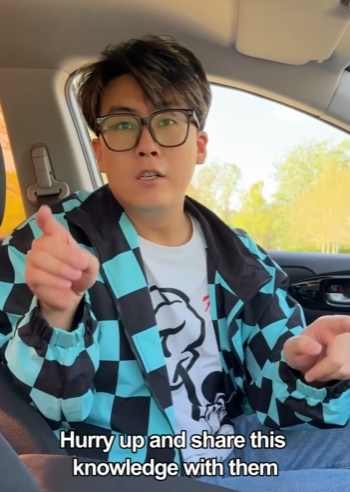
Step 7: Friction Can Help — Rub the Car Against the Curb or Guardrail (As a Last Resort)
If all else fails and you’re still going too fast, you may need to use friction to stop your car. This means deliberately rubbing your tires or car body against something that will slow you down:
- A curb
- A guardrail
- A grassy embankment
It may damage the vehicle, but it can save your life. Your safety matters more than your car’s paint job.
Bonus Tip: Use Engine Braking on Hills
If you’re going downhill and the brakes give out, engine braking becomes essential. Downshift and let the engine slow you down. Avoid speeding up by coasting in neutral — you’ll lose even more control.
What NOT to Do
- Don’t turn off the ignition while moving — this can lock your steering wheel and disable power steering, making it nearly impossible to control your vehicle.
- Don’t shift into reverse or park while moving — this can destroy your transmission and throw the car into a skid.
- Don’t rely solely on the horn to warn others — use hazards and flashers too.
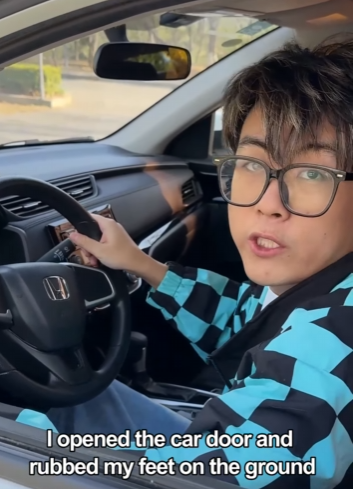
After You’ve Stopped Safely
Once your car has come to a complete stop:
- Turn off the engine.
- Call for roadside assistance or emergency help.
- Use road flares or reflectors if you have them to alert other drivers.
- Don’t attempt to drive again. Even if the brakes seem to come back temporarily, it’s not worth the risk.
Why Brake Failure Happens (and How to Prevent It)
Brake failure is rare, but it happens — usually due to:
- Worn brake pads or rotors
- Leaks in the brake fluid system
- Overheated brakes (especially on steep hills)
- Poor maintenance or neglect
To reduce the risk:
- Get your brakes checked regularly (at least once a year)
- Pay attention to warning signs (squealing, grinding, soft pedal feel)
- Don’t overload your car — added weight stresses the brake system
- Use low gears on steep descents instead of riding the brakes
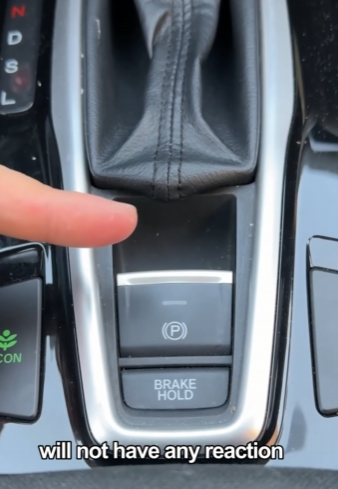
Real Talk: It’s Scary, But You’ve Got This
Losing your brakes is terrifying. But you are not powerless. With the right actions and mindset, you can survive this emergency.
The key takeaway? Stay calm, slow down gradually, use every tool available, and focus on steering to safety.
This isn’t just a helpful article — it’s a crash course in life-saving knowledge. Share it with your teen driver, your parents, your road trip buddies. Save it to your phone. Review it once in a while.
You never know when you’ll need it.
And if you ever find yourself in that heart-stopping moment where the pedal hits the floor and nothing happens — you’ll remember: there’s a way out.
Now you know what to do.
Drive safe out there. 🛞🙏

